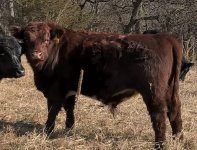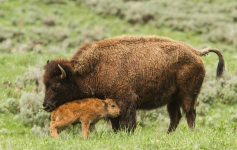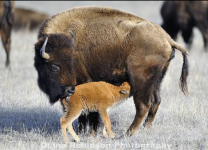I tried to figure out how they calculate these calving ease EPD's.
Pelvic measurements are not factored in. It looks like its CEM is some formula based on birth weight and "calving score". Calving score depends on subjective information on degree of calving assistance in heifers provided by the breeder. That score will be statistically reflected in CEM- near as I can tell.
CED is a relative prediction of the likelihood unassisted births in 2 year old first calf heifers bred to a given bull.
CEM predicts likelihood of unassisted births in the 2 year old first calf heifer daughters of a given bull.
(as I understand it) Speaking for myself, I'd predict based on the pelvic measurement and some pertinent linear measurements.
"Calving difficulty is less common in mature cows, so the calving ease EPDs were designed as a genetic tool directed toward heifers.
In coming up with these scores, birth weights on all calves from the Angus Herd Improvement Records are used, but calving scores on just the first calf heifers are used in the genetic evaluation. Heavy calves at birth tend to be associated with higher calving score, and the scoring is from 1 to 4, with 1 being an unassisted birth and 4 being a C-section birth. Abnormal presentations are excluded from the evaluation; the main criterion is size of the calf in determining whether it will be easily born or not.
“Bulls with more favorable CED EPDs tend to have favorable CEM EPDs also, although this relationship is not perfect,” says Northcutt."
Qq
http://angusicon.com/2012/04/epd-excuse-me-please-decipher



